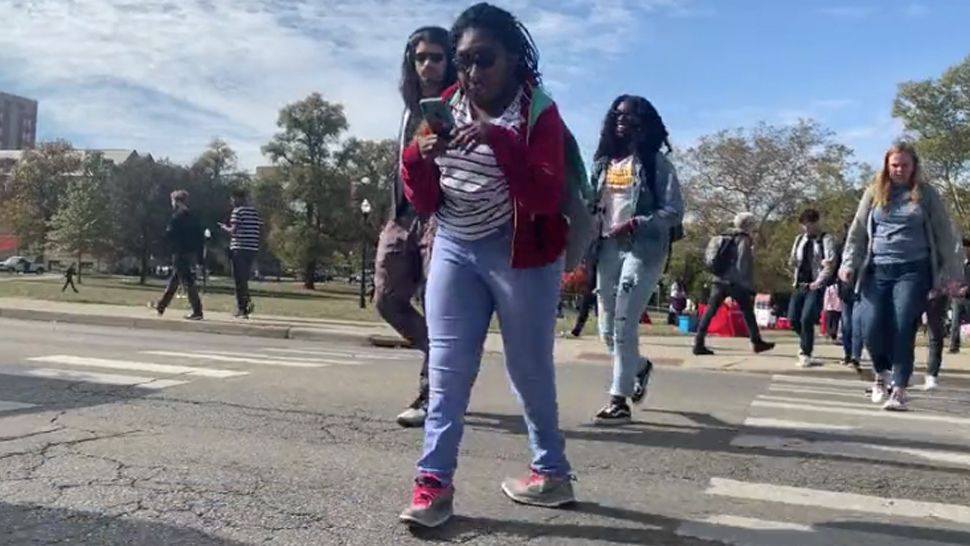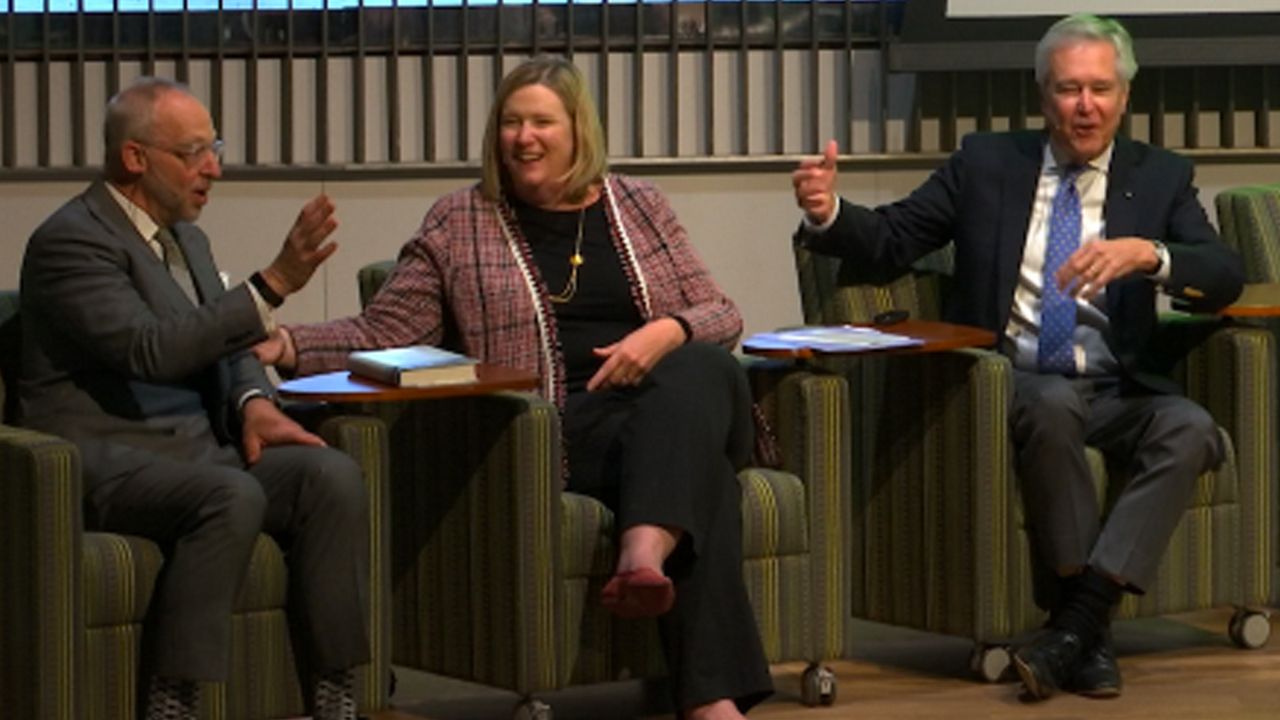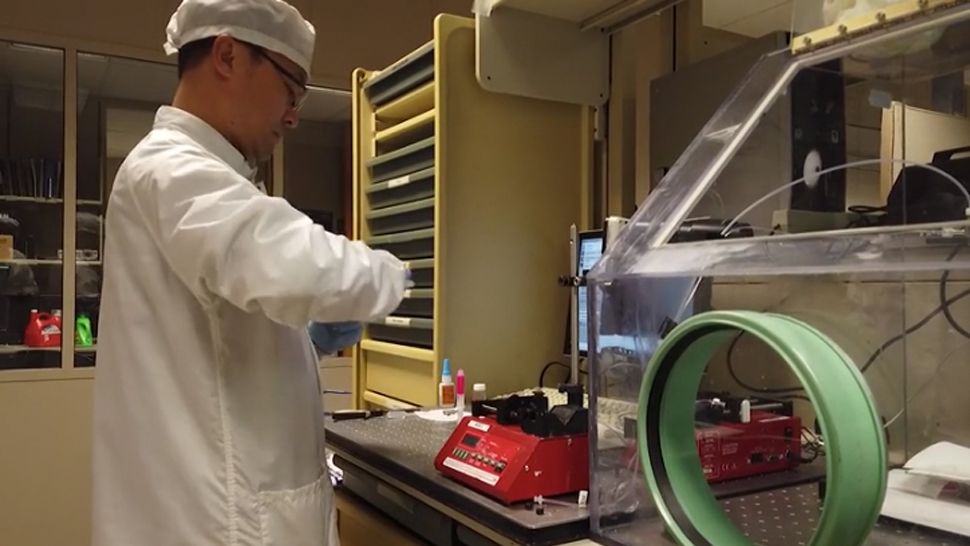CLERMONT COUNTY, Ohio – Frank Morrow has been with Clermont County Veterans Services since 2001 – about the time the war in Afghanistan started.
Now he’s seeing some of those men and women who fought in that war come through his doors.
“I would say a majority of the new guys that walk through this door exhibit some signs of PTSD,” Morrow said. “It’s hard to put, I’d say hundreds – I don’t know if we’re in the thousands or not. Yeah, hundreds in each year.”
Clermont County is home to approximately 15,000 veterans, about 25 percent of whom use the veterans’ services office, according to Morrow.
“There for a while, we were seeing a dramatic increase in Vietnam Veterans with PTSD due to the large fact that they were reaching the age of retirement and had a lot more times on their hands. And that tends to drum up some old memories.”
Nationally, The U.S. Department of Veterans Affairs estimates 11 to 20 percent of military members who served in Iraq and Afghanistan suffer from PTSD. That compares to roughly 12 percent of Gulf War Veterans and 30 percent of Vietnam Veterans.
The Iraq and Afghanistan Wars are expected to create around 500,000 veterans. The Iraq War ended in 2011, but the Afghanistan War is ongoing.
“It’s probably half coming on their own, the other half coming in with a family member or a friend. I see a lot of mother involvement here. A lot of mothers.”
Clermont County Veterans Services does not offer direct mental health counseling, but they do provide referrals and transportation to VA facilities who do provide that care. The county’s services also include financial assistance and a variety of community-based events like a blood drive and veterans picnic.
Clermont County Veterans Services helps about 1,000 veterans each year, but hundreds of those are veterans with PTSD. Morrow feels like some of the community events they sponsor or participate in help veterans cope with PTSD.
“Sometimes it’s just getting them to the right people at the right time. Some of these guys are reluctant because they think they’re just too far gone or nobody cares about them. And that’s just not the case.”
PTSD affects both men and women, and many cases involve some type of sexual assault. Only about ten percent of military members see active combat, yet a majority of PTSD cases revolve around issues not related to combat.
PTSD is also linked to suicide. But in general, the military suicide rate has been on the rise since 2005. Today, the VA reports the suicide rate at 27.7 percent. In 2005 the rate was 18.5 percent.
Ohio is home to approximately 865,000 veterans. There are more than three dozen VA facilities in Ohio that offer treatment for PTSD.
If you are a veteran or know of a veteran in need of any type of assistance, you can call the VA Crisis Hotline any time, any day of the week at (800) 273-8255. You can also send a text to 838255.
Every county in Ohio has a Veterans Service Office that can also provide assistance.








